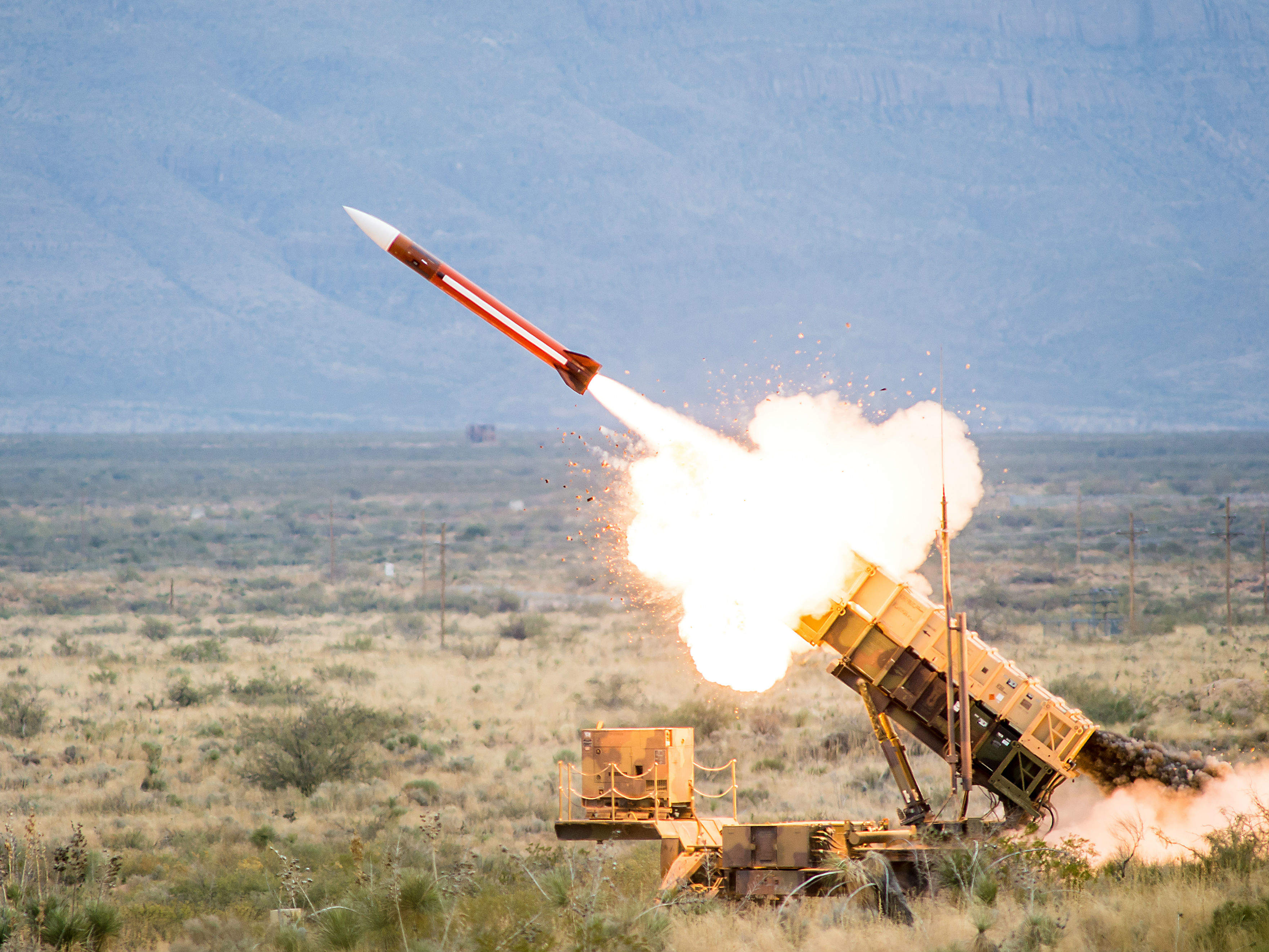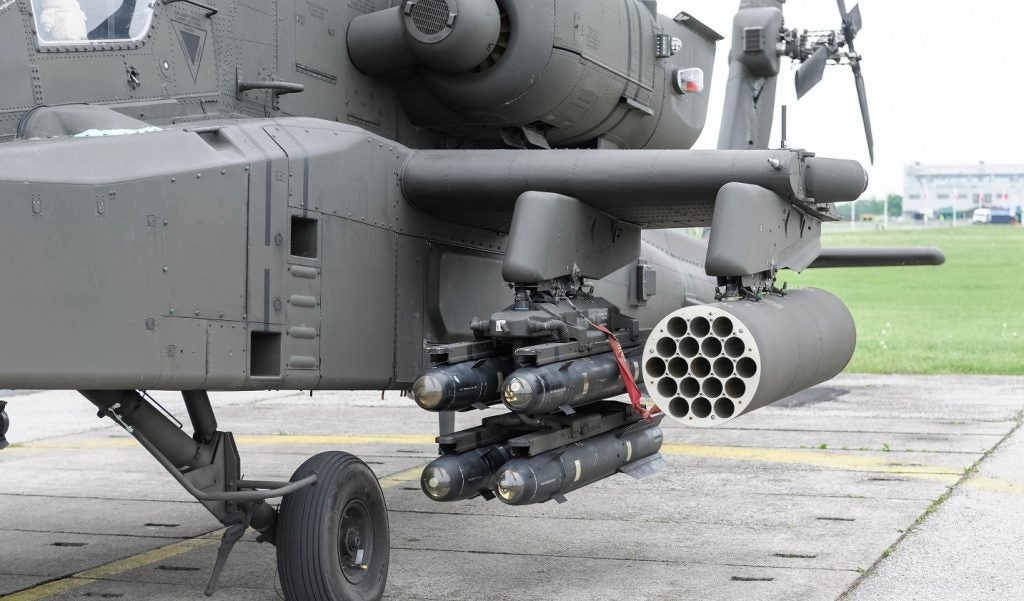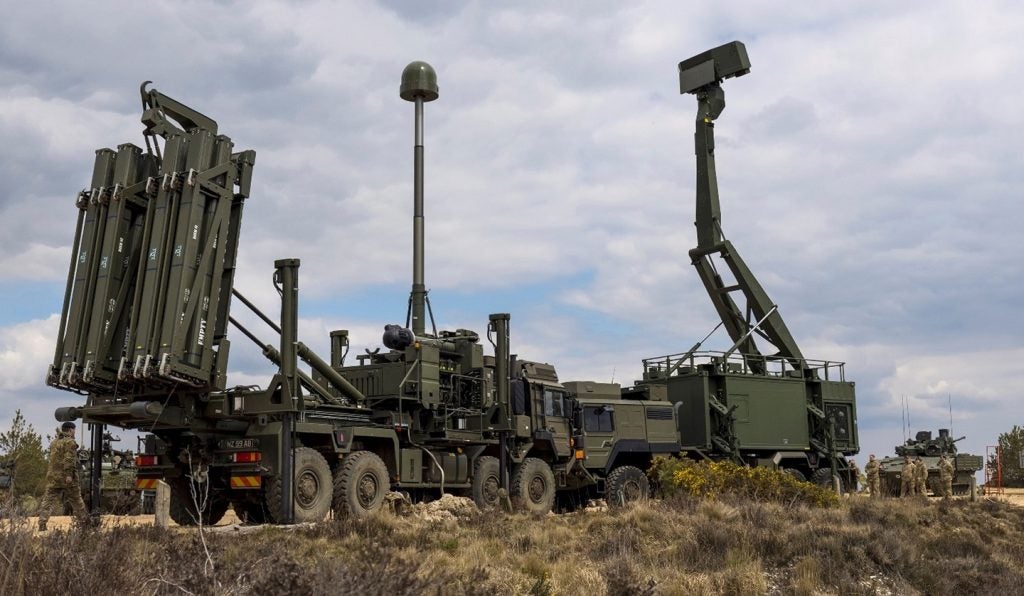
The increased pace of ballistic missile testing by the regime in North Korea has forced countries in the region to look at how they can best deter the activity in the short term and protect against an attack or accidental missile strike in the future.
It is a worry that many of the countries surrounding the Korean peninsula are grappling with, but with many of the missiles falling into the Sea of Japan and the recent tests over flying one of its islands, it is a particular concern for Tokyo.
The government has acted swiftly to shore up the country’s defences. The Japanese Self Defense Forces (JSDF) announced in August that they would redeploy some of their existing Patriot PAC-3 anti-missile systems to better counter the threat and protect population centres, but critics question whether the measures taken so far are truly effective.
Moving into position
Initially the JSDF moved PAC-3 batteries to Hiroshima and three other prefectures in western Japan in August assuming this would be where they were most needed based on the North Korean testing at the time. However, in late August North Korea fired a missile with a flight path that took it much further north, directly over the Oshima peninsula on the southern tip of the most northerly of Japan’s main islands, Hokkaido.
This prompted a further Patriot deployment in September, with a battery being moved to the city of Hakodate, on Hokkaido, and placed near the flight path of the most recently launched North Korean missiles. The Patriot battery was moved to a Ground Self Defense Force camp in the city from an Air Self Defense Force base about 70km away, in order to better protect the city’s population.
However, local media and defence commentators have questioned the efficacy of deploying the Patriot PAC-3 as a genuine protective measure as opposed to a deterrence mechanism. They pointed out that the range of the anti-missile batteries, originally designed to protect concentrated military formations, is not fully up to the task of protecting sprawling civilian population centres.
How well do you really know your competitors?
Access the most comprehensive Company Profiles on the market, powered by GlobalData. Save hours of research. Gain competitive edge.

Thank you!
Your download email will arrive shortly
Not ready to buy yet? Download a free sample
We are confident about the unique quality of our Company Profiles. However, we want you to make the most beneficial decision for your business, so we offer a free sample that you can download by submitting the below form
By GlobalDataThere is also concern as to whether Patriot is up to the task of intercepting fast moving ballistic missiles when its original design was to protect against slower moving fighter-launched and battlefield missiles. It is believed that Pyongyang’s Rodong missile, with an estimated range of 1,300km, travels at speeds of up to 3km/s, and that the payloads on the more advanced systems that North Korea is developing, such as the Musudan, can fly as far as 3,000km and in terminal flight are expected to be going at twice that speed.
In the short term Japan’s defence ministry dismisses such concerns and has pointed out that it is doing everything in its power to protect the country’s main population centres and dissuade Pyongyang from firing further missiles over the island chain. However, longer-term Tokyo recognises that there is a need to update the country’s missile defence and look to more long range anti-missile systems than the PAC-3.
Upgrading capability
Work is continually being carried out to upgrade the capabilities of the missile for the nations that operate it, led by the US Department of Defense. Back in 2006 the US Army made the decision to upgrade its tactical Patriot fire units to the Patriot configuration 3 status under its Pure Fleet programme.
At the time, Pete Franklin, vice president for national and theater security programs at Raytheon Integrated Defense Systems, said that upgrading the units from configuration 2 to configuration 3 would “enhance the system’s capability to meet current and emerging threats”, and “lead the way for our international partners in upgrading this self defence system”.
Under a series of contracts issued in 2007 and 2008, Raytheon was tasked with providing hardware upgrades to four Patriot radars, engagement control stations and launchers as well as enhanced logistics capability through support to a common configuration. The upgrade improved software, and communications were overhauled to allow operators to see, transmit and receive data via the Link 16 systems using Class 2M Terminal or MIDS LVT radio. The radar was also redesigned to increase its search, detection, tracking and discrimination abilities – including the ability to determine between a manned and unmanned aircraft and an armed or unarmed ballistic object.
Known as PAC-3, the upgrade also increased the defended footprint of the missile system, to protect larger areas of ground force operations and critical assets. Under the upgrade, the PAC-3 interceptor is also the primary interceptor for the MEADS system which entered service in 2014. Both South Korea and Kuwait have opted to upgrade their PAC-2 missiles to the 3+ configuration.
Missile segment enhancement
In order to increase the missile’s range by 50%via the addition of a large dual-pulse solid rocket motor, and make the system more agile and manoeuvrable via the addition of larger control fins and upgraded actuators, Lockheed Martin is carrying out the PAC-3 missile segment enhancement (MSE) upgrade.
PAC-3 MSE uses hit to kill technology to improve the missile’s ability to counter evolving threats, including tactical ballistic missiles carrying weapons of mass destruction, evolving cruise missiles and aircraft. The upgrade consists of the PAC-3 missile, an agile hit-to-kill interceptor, the PAC-3 missile canisters in four packs for launch by MEADS, a fire solution computer, and an enhanced launcher electronics system.
Accepted by the US Army in 2015 and declared fully operational in mid-2016, the PAC-3 MSE is proving itself through continued testing against ballistic and cruise missiles.
Such successes in the current political climate are important for the system’s adoption by new countries, with Poland and Romania both looking to adopt it for their air defence capability, Poland under a cooperation project with Raytheon, and Romania via the foreign military sales route with the US Government. For other operating nations including Japan, the new capabilities will go some way to ensuring stability can be retained in the Asia-Pacific region.






